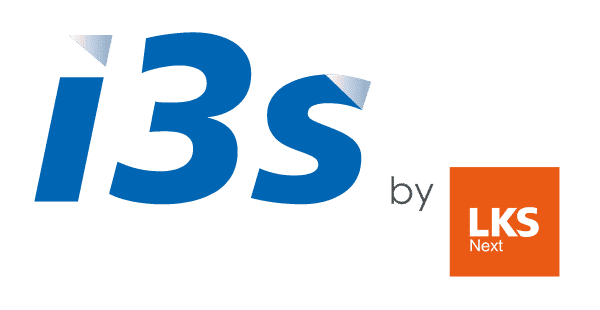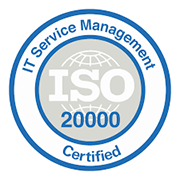Cybersecurity at SAP
Our Cybersecurity service detects inadequate configurations and vulnerabilities in your SAP system, which jeopardize the security of your company's information and the continuity of your operations.
The importance of Cybersecurity
Cyber-attacks have skyrocketed in both volume and complexity, affecting not only large corporations but all companies that keep their systems exposed to an Internet connection.
AlthoughSAP systems have always been considered a backend solution, today’s teleworking needs mean that such systems are also exposed to hacker attacks.
The data and processes managed by SAP systems are of vital importance as they contain financial, customer, employee and even product know-how.
Cyber-attacks occur by looking for vulnerabilities in each system, both those already detected and any new ones that may arise. It is therefore important to keep systems properly configured and updated to avoid, as far as possible, the risks associated with cybersecurity.
What are the risks of a cyber attack?
Loss of
information
Data theft from the SAP system
Inaccurate assignment of permits
Unauthorized access
to the system
Inaccessibility of the system
Instability
of the system
Disruption of internal and external processes
Benefits
Reducing the risk of system intrusion
Ensuring the confidentiality of business data
Ensuring the identity and roles assigned to users
Reducing the risk of costly system shutdowns
Phases of service
Audit
initial
Review of the systems to detect the main vulnerabilities and configurations that must be modified to know the points of action that our system must be subjected to in order to shield it against cyber-attacks.
System configuration
With the information obtained from the security reports, we proceed to the implementation in the system of the different recommendations obtained, following an action plan previously informed and agreed with each client.
Monitoring
continues
Possibility of connecting the logs obtained from our SAP system with a monitoring system based on artificial intelligence algorithms, which can detect early those actions that may pose a risk to the system.
Elements of Analysis
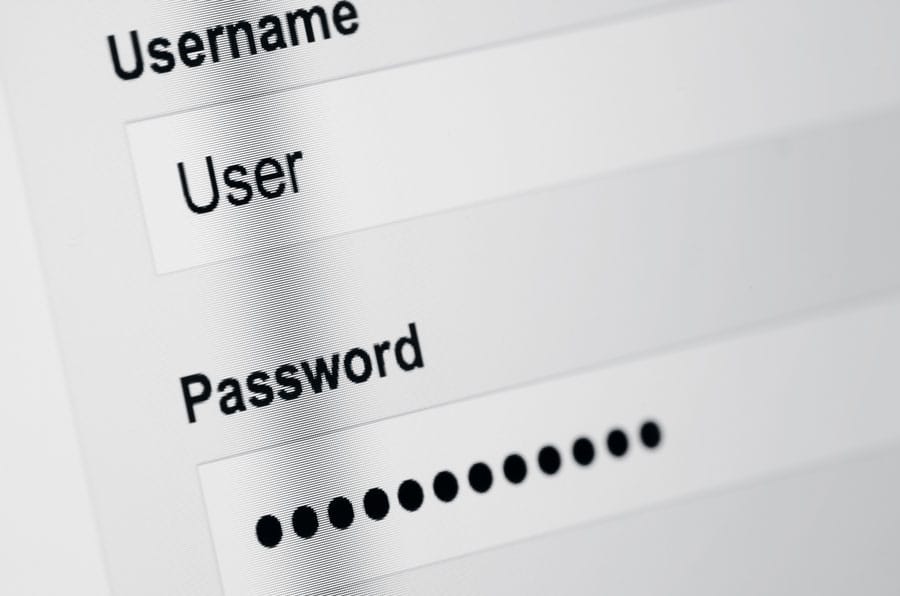
Users
- Review of password parameters: Monitoring of the parameters used in the system password control, to prevent the use of “standard” passwords.
- Revision of standard user parametersControl of the parameters that activate the standard user (SAP*) to avoid unwanted connection with the super administrator user.
- User controlControl of users by means of: permissions review, transaction usage control, usage date control, to avoid any unwanted access.
- Multilogon accessControl of all the accesses that are made with a single user and thus control the unwanted modifications.
- Role analysisRole analysis: Analysis of user roles to avoid unwanted privileges and prevent unwanted access to sensitive system data.
Connections
- Review of secure connection parameters (SNC): Monitoring of the parameters used in the creation of a secure connection between instances, to avoid unsecured connections.
- Service controlControl of the client’s own services and standard services of the instance, active in the system, to prevent unauthorized connections.
- Control of the SapRouter (SAP proxy)Control of the parameters used in the SapRouter to avoid unwanted active connections.
- Control of the SAP WebDispatcherControl of the parameters used in the SAP WebDispatcher to avoid unwanted connections, as it is an SAP tool used to connect several systems together.
- Control of RFCs. Analysis of the accesses of the different systems through RFC connections.


Configurations
- Review of general system parameters: Control and monitoring of general system parameters to avoid system underperformance or system collapse.
- Review of the transport systemReview of the parameters and control of the transports between the different systems to avoid loss/modification of data in the production environments.
- Client ControlClient Control: Supervision and control of the system’s clients through the revision of client modifications.
BBDD
- Control of database usersControl of the users who have access to the database.
- Control of the DB rolesControl of the DB roles, who has assigned these roles, validity of the roles, etc… to avoid data loss.
- Control of DB sessions / processesMonitoring of the DB processes / sessions to avoid DB crashes.
- External access to DBControl of the external accesses to the DB to avoid crashes, data corruption, etc.

Why i3s?
We have more than 20 years of experience in the implementation of SAP solutions. The objective of our Cybersecurity Service is to guarantee our customers peace of mind and confidence in order to get the most out of their SAP management systems. The SAP Cybersecurity audit is carried out in collaboration with Secure&IT, a leading company in Cybersecurity and Regulatory Compliance in the ICT field, which is also integrated in the LKS Next Group as i3s.

Qualification
Highly qualified team, formed by 60 professionals with an average experience of 15 years in SAP projects and in the implementation of its management systems in companies.
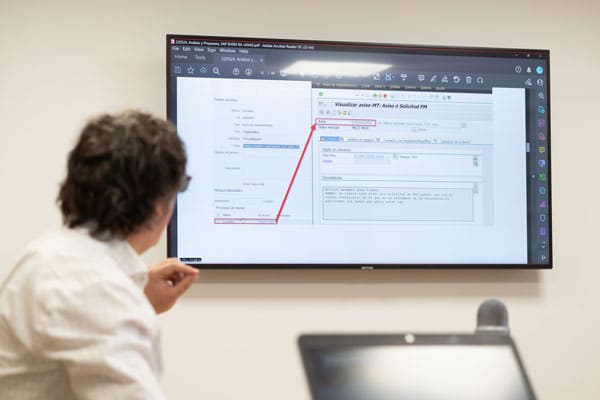
Specialization
We have an expert staff of professionals specialized in SAP projects. With a high knowledge of the broad portfolio of its business solutions.
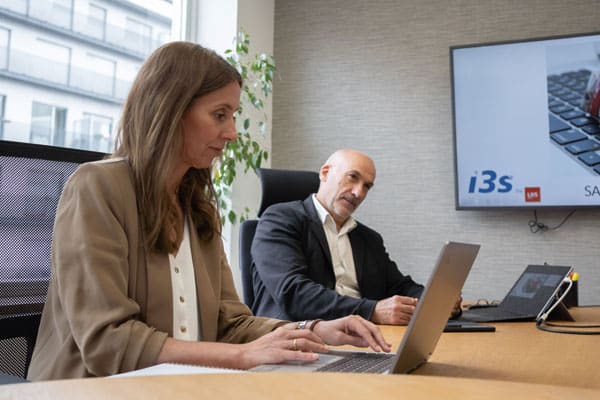
Experience
More than 20 years of accumulated experience in the implementation of SAP projects, with official certification from the manufacturer of the main management solutions.
Cybersecurity at SAP
Request information about the service by filling out this form.
